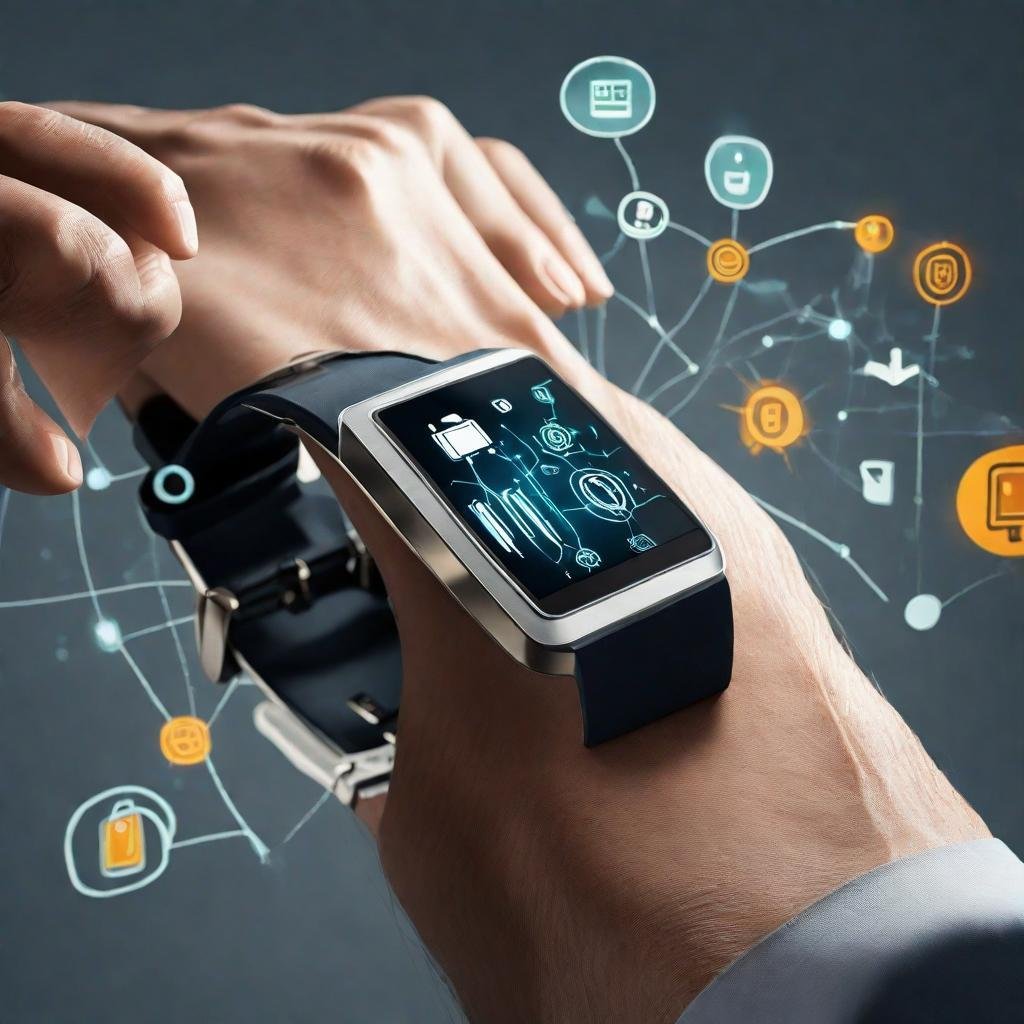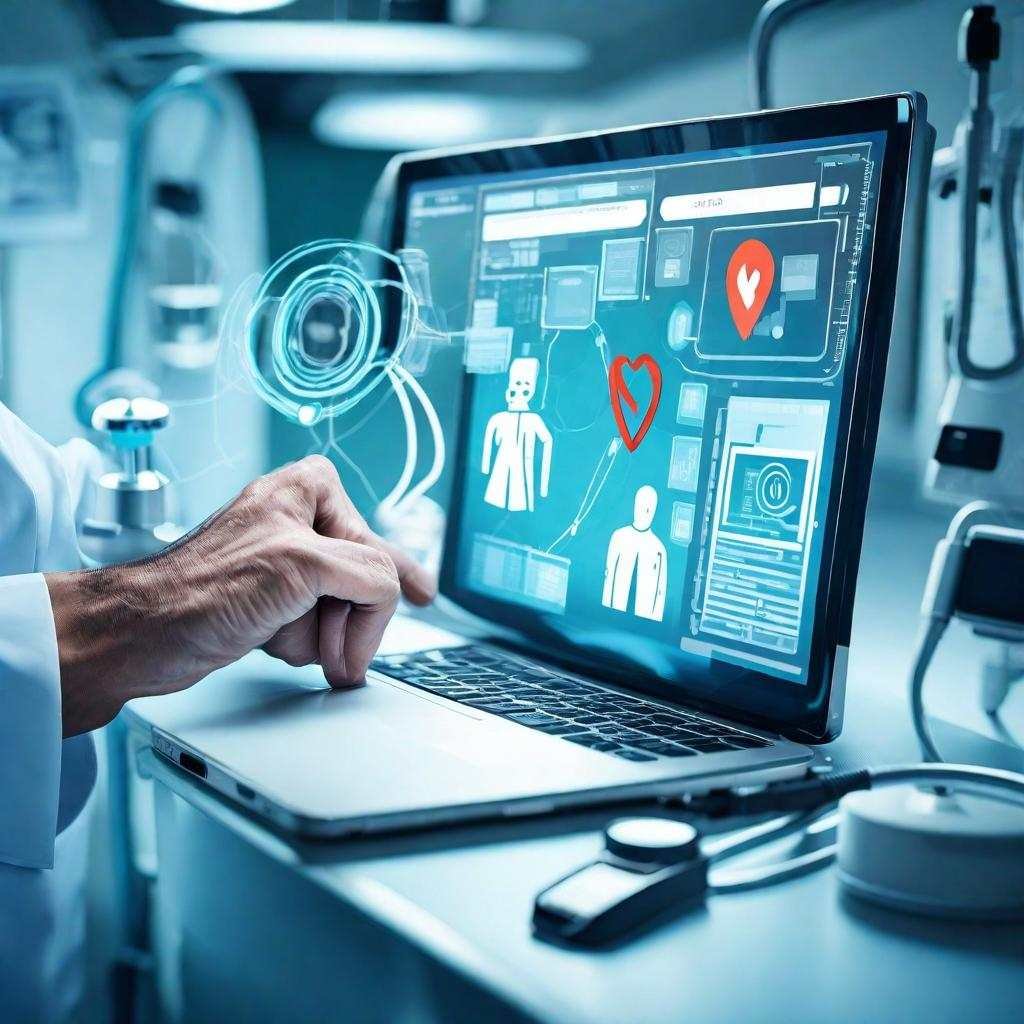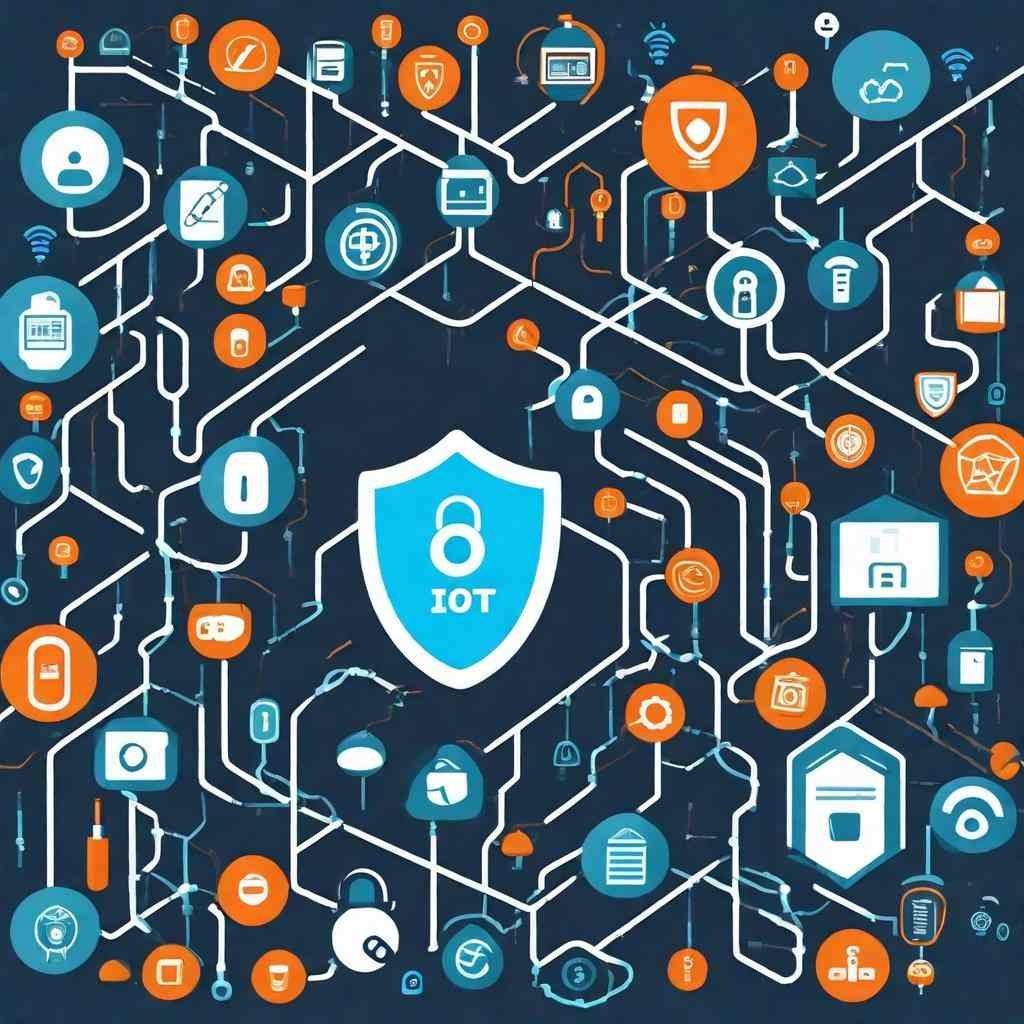Introduction:
In the ever-evolving landscape of technology, the Internet of Things (IoT) applications transforming daily life has emerged as a transformative force, weaving a web of connectivity that touches every aspect of our daily lives. This blog explores the myriad ways in which IoT applications are reshaping and enhancing our routines, from the moment we wake up to the time we hit the hay.
Smart Homes: Redefining Comfort and Efficiency
In the realm of smart homes, IoT applications transforming daily life are at the forefront, revolutionizing the way we interact with our living spaces. From thermostats that learn our preferences to smart lighting systems that adapt to our moods, IoT is turning houses into intelligent, responsive environments. Imagine a home where your coffee brews as soon as your alarm goes off, and your thermostat adjusts to the perfect temperature before you step out of bed—this is the reality IoT applications are creating.

Wearable Devices: Your Personal Health Companion.

IoT’s impact extends beyond the confines of our homes and into the personal realm with wearable devices. Fitness trackers, smartwatches, and health monitors have become ubiquitous, transforming how we monitor and manage our well-being. These devices seamlessly collect and analyze data, providing real-time insights into our physical activities, sleep patterns, and overall health. IoT applications transforming daily life are empowering individuals to take charge of their wellness, fostering a proactive approach to health management.
Connected Cars: Navigating the Road to Smart Transportation .
The automotive industry is not immune to the wave of IoT innovation. Connected cars are equipped with sensors and communication systems that enable them to interact with each other and their surroundings. From advanced navigation and predictive maintenance to autonomous driving capabilities, IoT applications transforming daily life are steering the automotive sector toward a future where commuting is safer, more efficient, and environmentally friendly.

IoT in Healthcare: Transformative Advances in Patient Care.

In healthcare, IoT applications transforming daily life are revolutionizing patient care by enabling remote monitoring, personalized treatment plans, and timely interventions. Wearable medical devices, coupled with connected healthcare systems, allow for continuous monitoring of vital signs and chronic conditions. This not only improves patient outcomes but also reduces the burden on healthcare infrastructure. The integration of IoT in healthcare is fostering a new era of patient-centric, data-driven medicine.
Smart Cities: Paving the Way for Urban Innovation.
The concept of smart cities is gaining momentum as urban areas leverage IoT applications transforming daily life to enhance efficiency, sustainability, and overall quality of life. From smart traffic management to waste disposal systems that optimize collection routes, cities are becoming more responsive and adaptive. IoT applications are the backbone of these smart initiatives, fostering a seamless integration of technology into the urban fabric.

IoT Security: Safeguarding the Connected World.

As our reliance on IoT grows, so does the importance of addressing security concerns. IoT applications transforming daily life, while transformative, introduce new vulnerabilities that can be exploited. The development of robust security measures is crucial to safeguarding the vast network of interconnected devices. From data encryption to authentication protocols, ongoing efforts are underway to ensure that the benefits of IoT applications are not overshadowed by potential risks.
The Future Landscape of Agriculture: IoT in Smart Farming.
Cultivating Efficiency and Sustainability.
In the vast fields of agriculture, IoT applications are sowing the seeds of innovation. Smart farming leverages sensors, drones, and connected machinery to gather data on soil conditions, crop health, and weather patterns. This wealth of information enables farmers to make data-driven decisions, optimizing irrigation, crop rotation, and pesticide use. The result is not only increased yields but also a more sustainable and environmentally conscious approach to agriculture.
IoT and Retail: Transforming the Shopping Experience.
A Seamless Shopping Journey.
In the retail sector, IoT applications are reshaping the way we shop. Smart shelves, beacons, and RFID technology create a connected retail environment. Customers can enjoy personalized shopping experiences with targeted promotions and recommendations based on their preferences and past purchases. From inventory management to personalized marketing, IoT is enhancing efficiency for retailers and providing a more enjoyable and streamlined experience for consumers.
IoT and Data Analytics: Extracting Insights from Connected Devices.
Unleashing the Power of Big Data.
The vast amount of data generated by IoT devices is a goldmine for businesses seeking actionable insights. Through advanced analytics, organizations can harness this data to gain a deeper understanding of consumer behavior, operational efficiency, and market trends. Whether it’s optimizing supply chain logistics or predicting consumer preferences, IoT applications combined with data analytics are driving informed decision-making across various industries.
FAQs: Navigating the IoT Landscape

Q1: How do IoT applications impact energy consumption in smart homes?
A1: IoT applications optimize energy consumption in smart homes by intelligently managing devices. Smart thermostats, for instance, learn user preferences and adjust heating or cooling to minimize energy waste.
Q2: Can IoT in healthcare compromise patient privacy?
A2: Security measures are in place to protect patient data in IoT-enabled healthcare systems. Encryption and strict access controls are implemented to ensure the confidentiality of sensitive medical information.
Q3: Are there concerns about the security of connected cars?
A3: Automotive manufacturers are investing heavily in securing connected cars. Measures include secure communication protocols, regular software updates, and collaboration with cybersecurity experts to identify and address potential vulnerabilities.
Q4: How does IoT benefit agriculture, and what are its implications for food production?
A4: IoT in agriculture improves efficiency by providing real-time data on soil health, weather conditions, and crop status. This enables farmers to optimize their practices, leading to increased yields and more sustainable food production.
Q5: How does IoT enhance the retail experience for consumers?
A5: IoT in retail creates a personalized shopping experience through technologies like beacons and RFID. Consumers receive targeted promotions, product recommendations, and a more efficient shopping journey.
Q6: Can IoT data analytics be applied across different industries?
A6: Absolutely. IoT-generated data is valuable for various industries, including manufacturing, healthcare, and logistics. The insights gained through data analytics contribute to improved processes, efficiency, and decision-making.
Conclusion: Embracing the IoT Revolution.
In conclusion, the Internet of Things is not just a technological trend but a transformative wave reshaping the way we live, work, and interact with the world around us. From the comfort of our homes to the efficiency of our cities, IoT applications transforming daily life are leaving an indelible mark on daily life. As we navigate this connected landscape, embracing the possibilities while remaining vigilant about the challenges is essential, ensuring that the IoT revolution continues to elevate our lives in unprecedented ways. The future is undoubtedly connected, and it’s up to us to make the most of this transformative journey.

Pingback: Cybersecurity In The Digital Time. - changeoftech.com